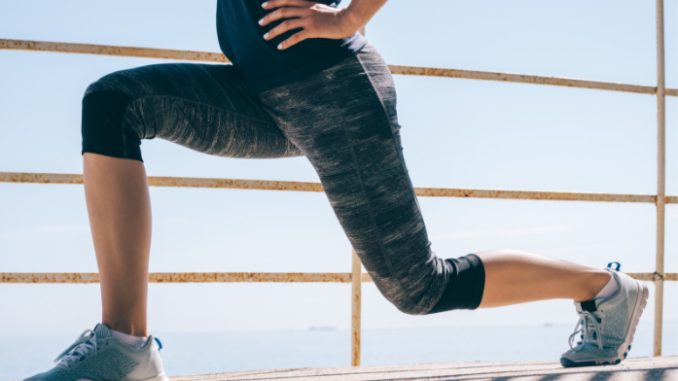
Human movement patterns are basic movements every human performs, or is capable of performing. Exercises are categorized based on how the body is challenged to perform the movement, or the biomechanical demands. By classifying movements based on these patterns, training plans can become more ‘functional’ in nature.
Functional training means that the movements are more practical and useful to a specific sport, activity, or even in everyday life. For example, a simple barbell deadlift is practical and useful for tactical strength development in the military (i.e. stretcher lifts or sandbag lifts); therefore, this may be referred to as a ‘functional’ exercise for a military member. When developing your own training plan, or when a trainer is creating a training plan for you, organizing the plan around these patterns and aiming for balance between the patterns, would be highly
beneficial.
The 7 basic essential movements patterns are as follows:
1. Squat – Lower body push movement. Maximal knee and minimal hip bend to lower the body down. (i.e. Goblet Squat, Back Squat). The squat is comparable to sitting down and standing up.
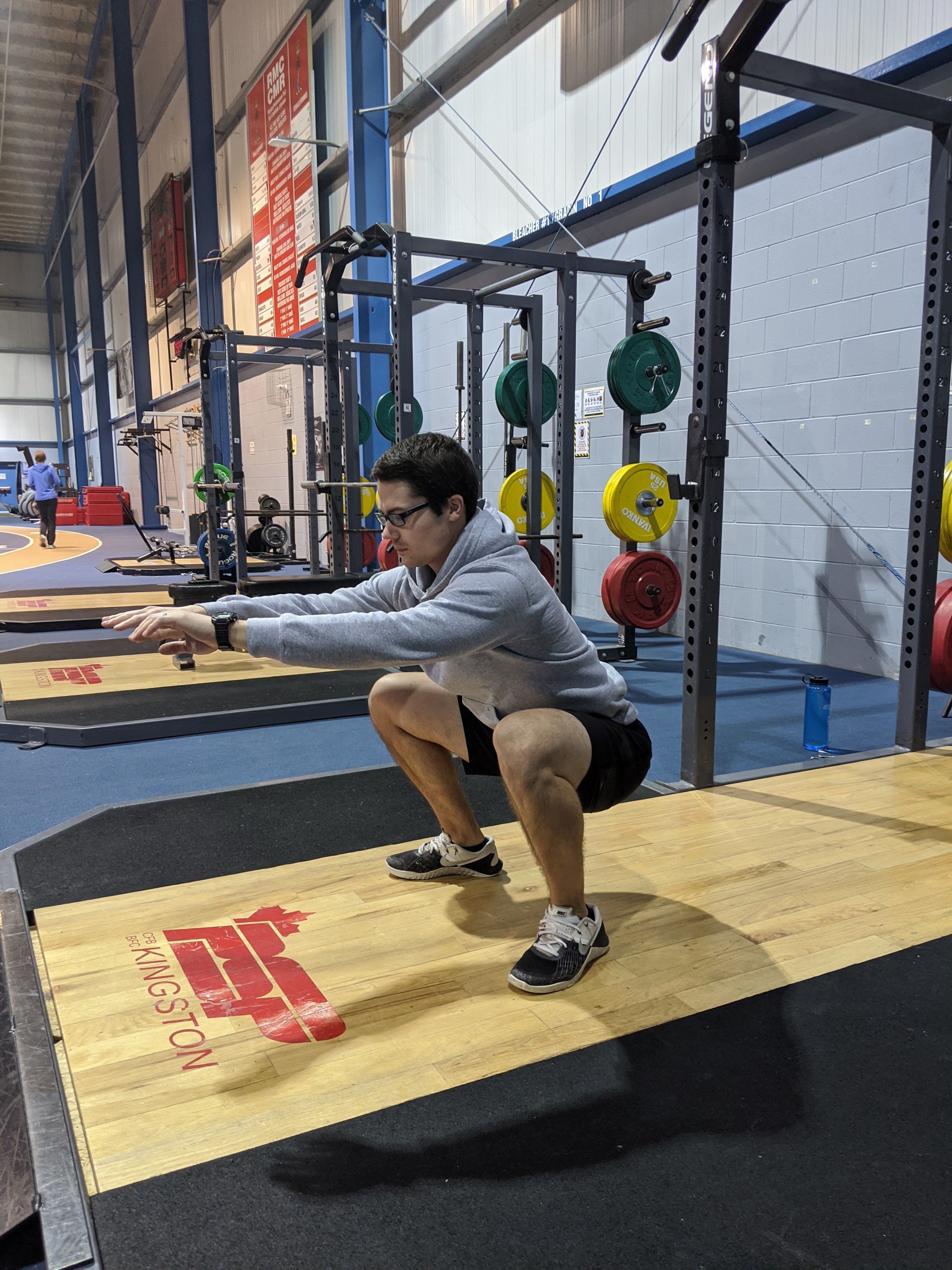
2. Hinge – Lower body pull movement. Hinging motion at the hip joint, with little to no knee movement (i.e. Deadlift, Kettlebell swing, Good Mornings). Hinging strengthens the posterior chain and is one of the most functional of daily movements – picking up an object from the floor.
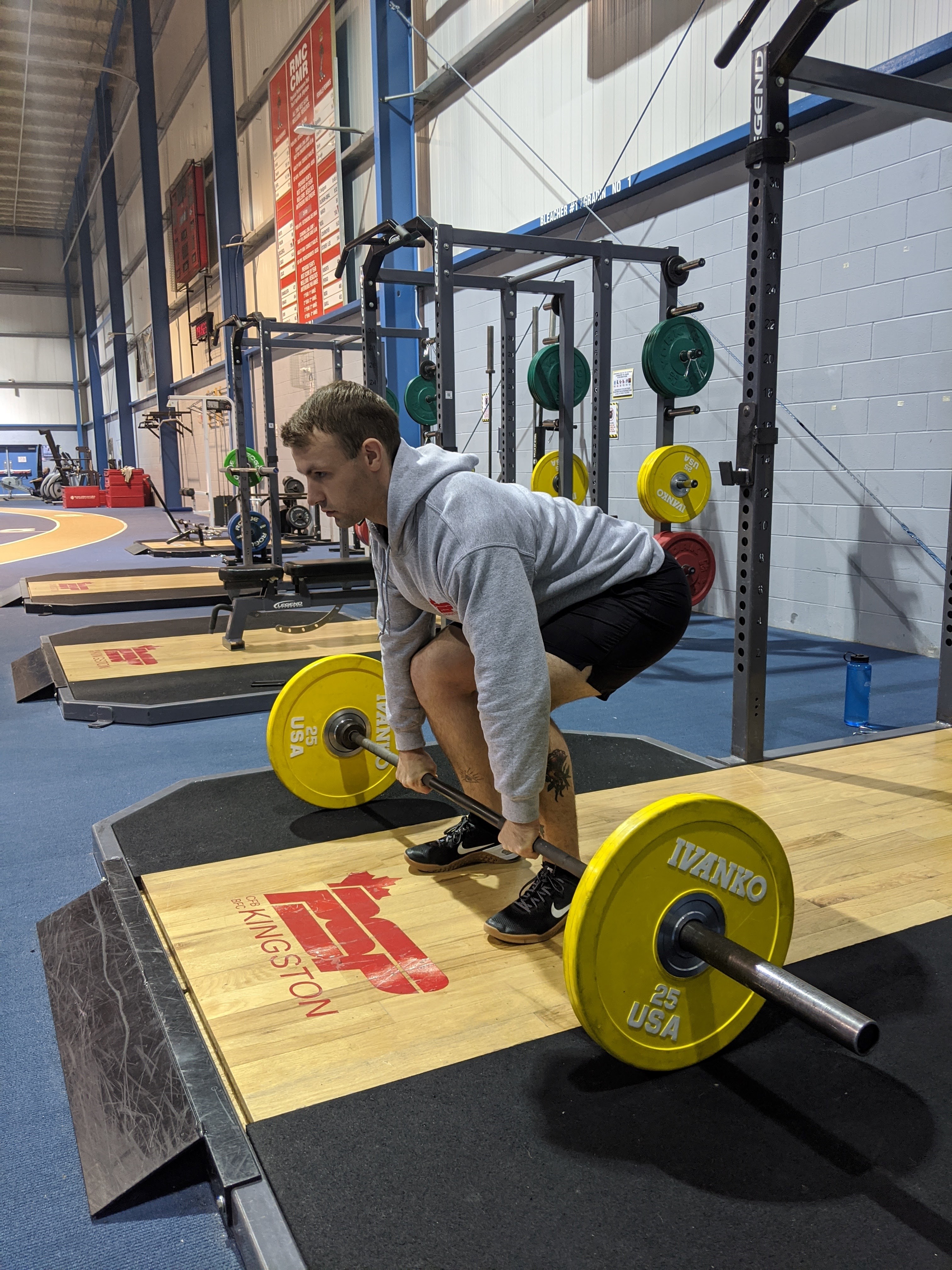
3. Push – Upper body movement to drive load away from the body and can be horizontal or vertical. (i.e. Push-ups, Bench Press or Overhead Press). Pushing yourself off the ground to get up, or pushing a toolbox overhead to put it away in a cabinet, are both pushing movements used in our daily life.
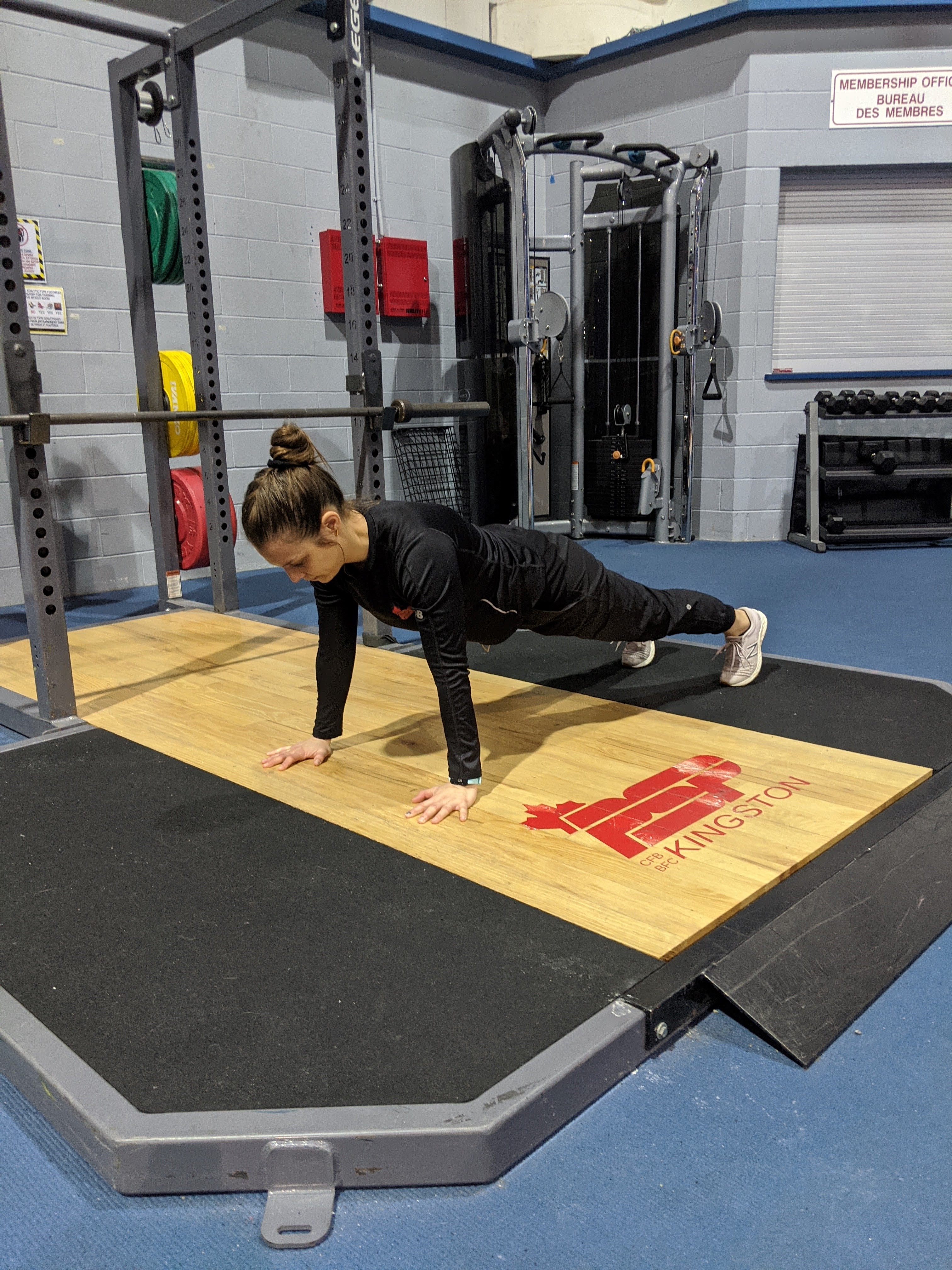
4. Pull – Upper body movement to bring a load towards the body and can be horizontal or vertical. (i.e. Bent-Over Rows, Pull-Ups, Clean). From pulling down a branch to reaching for an apple, to starting a pull-cord lawnmower or snow blower, pulling is a movement used daily.
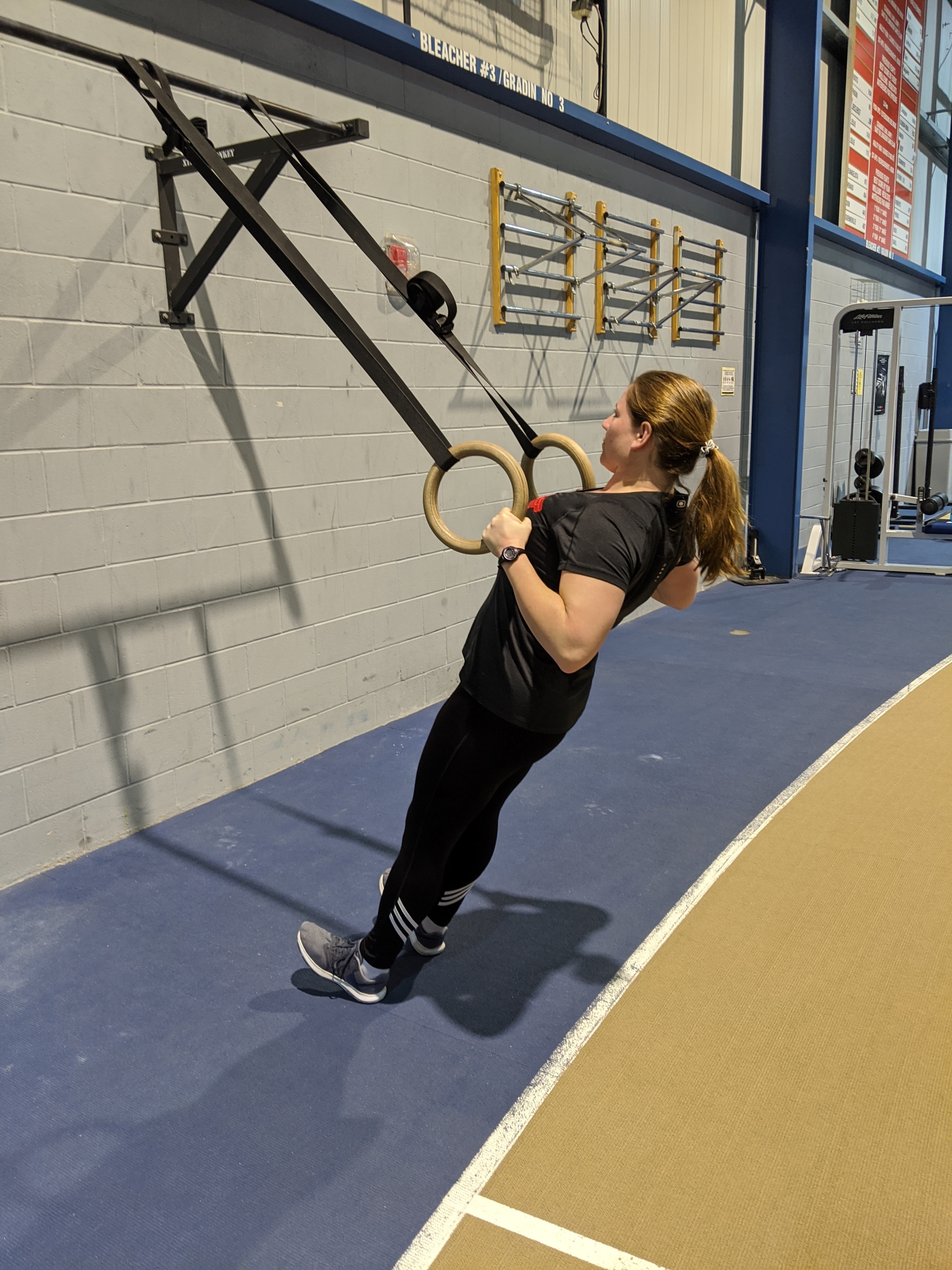
5. Gait – Single leg movements that are essential patterns. (i.e. Walking/Running, Single Leg Deadlift). Walking is a fundamental part of daily life.
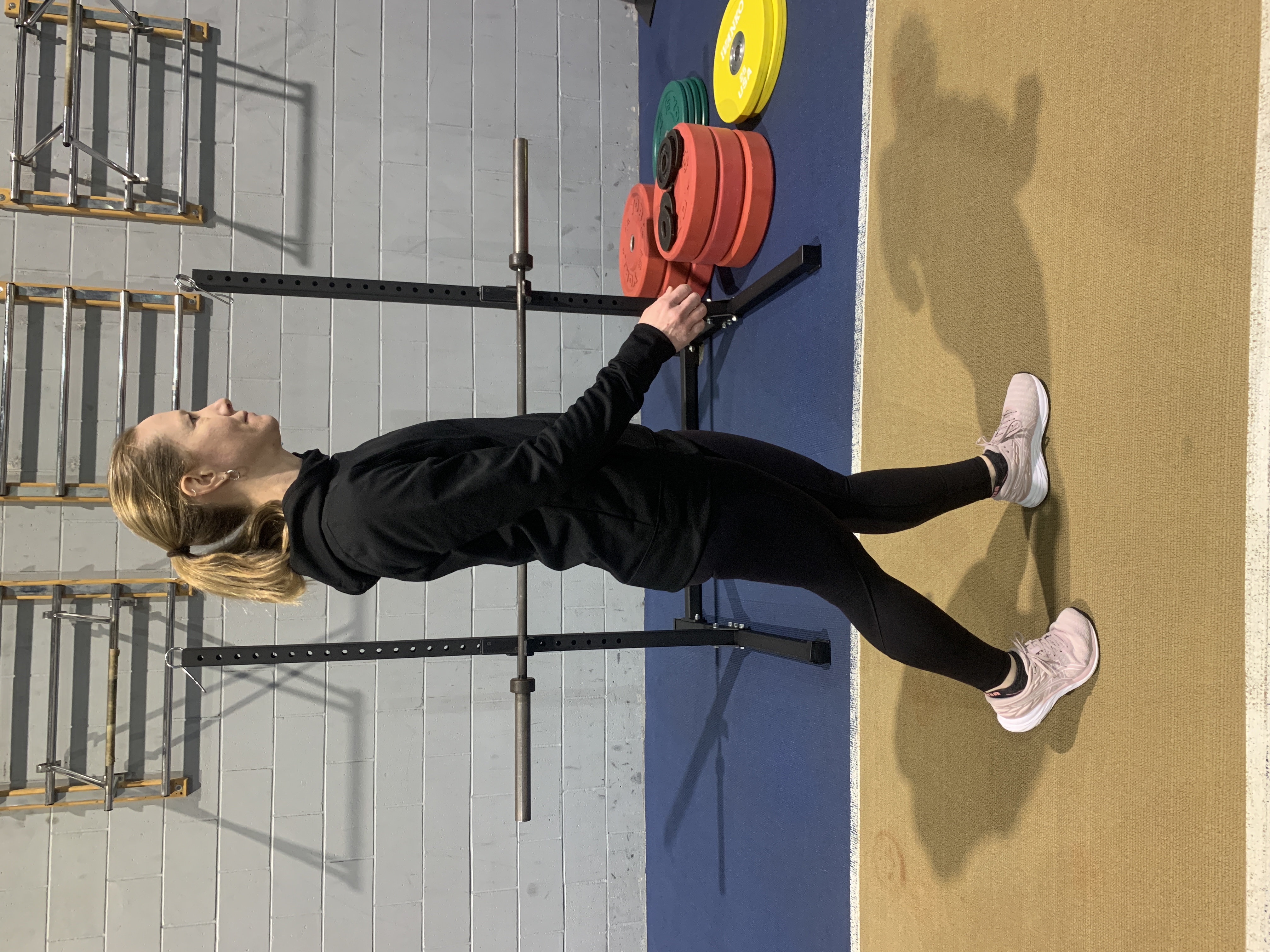
6. Lunge – Knee and hip bend in a split stance. (i.e. Split Squat, Step-Ups). The lunge is a vital movement pattern that has good transfer into walking, stair climbing, and picking up things from the floor.
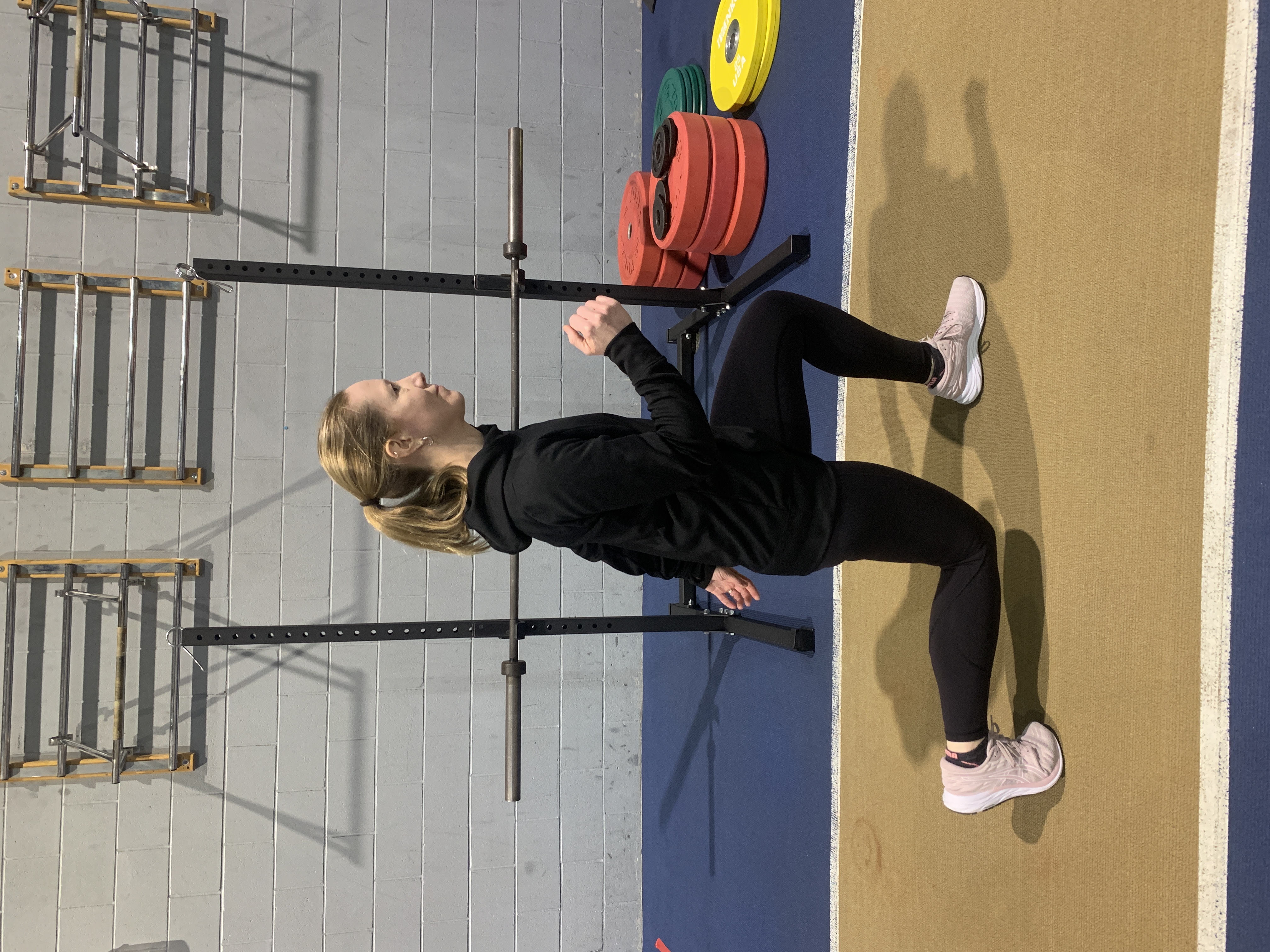
7. Rotation/Twist – Rotating through the transverse plane to create force and is great for balance. Also incorporates anti-rotation (resisting rotation) exercises, anti-flexion and anti-extension exercises. (i.e. Wood-chop, Bird Dog, Suitcase Carry). Lunging down while reaching across your body, or throwing a ball, running, or even walking all have some element of a rotation involved.
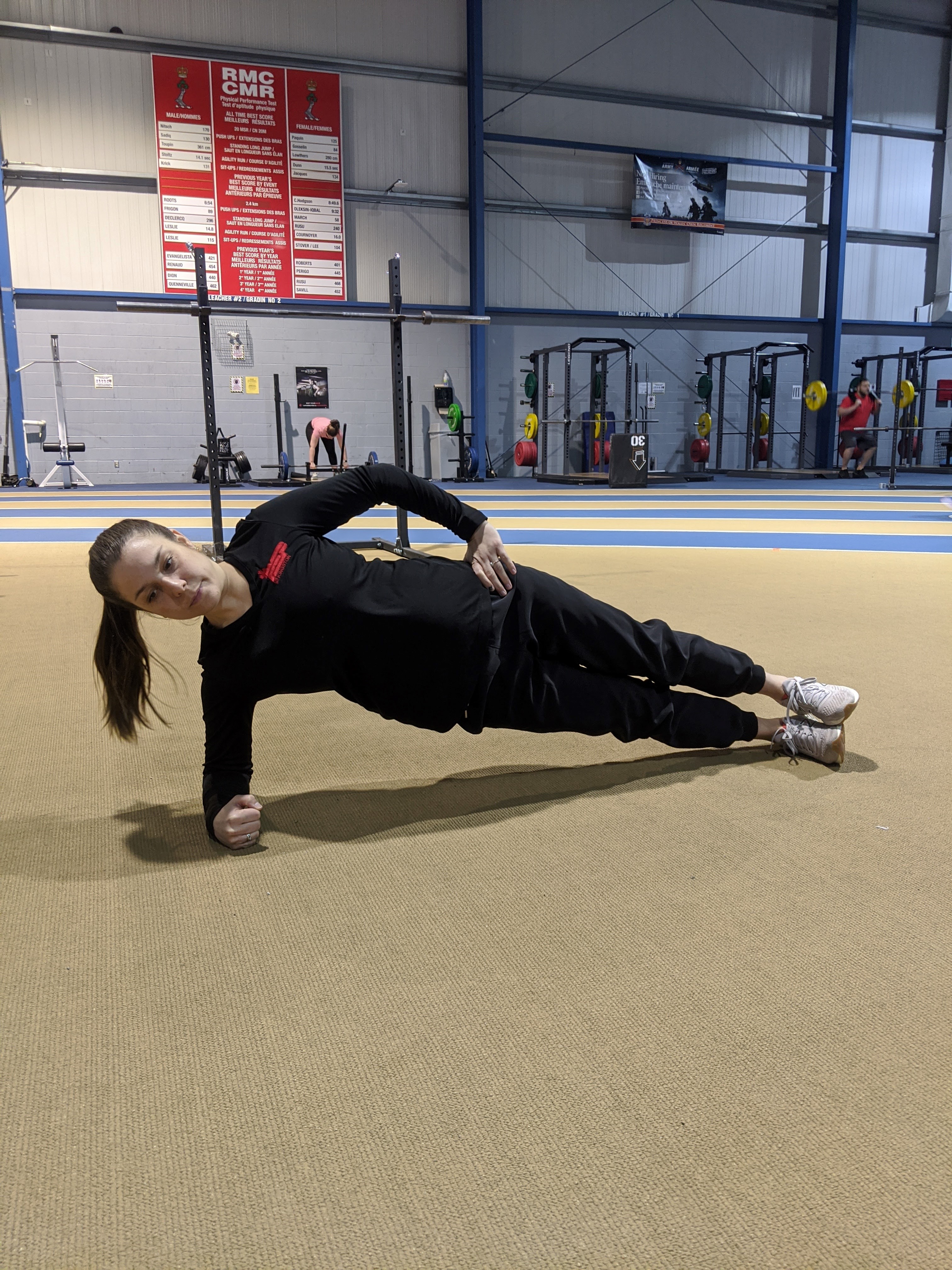
When designing a training plan it is essential that exercises are selected based on their function and usefulness to the athlete or participant and not based on how attractive or difficult the movement may be. Ask yourself, “What am I trying to achieve with this exercise?” Also, always remember to put safety first and progress through the specific exercises within each movement pattern based on your current level of fitness. Better yet, military members can seek out assistance from a local PSP Fitness & Sports Instructor to create an appropriate training
plan to get you on the right track with your fitness.
Article by: Janice Keown, BSc. Kin. CSEP-CPT, ACSM EP-C, Fitness and Sports Instructor, CFB Kingston Personnel Support Programs
